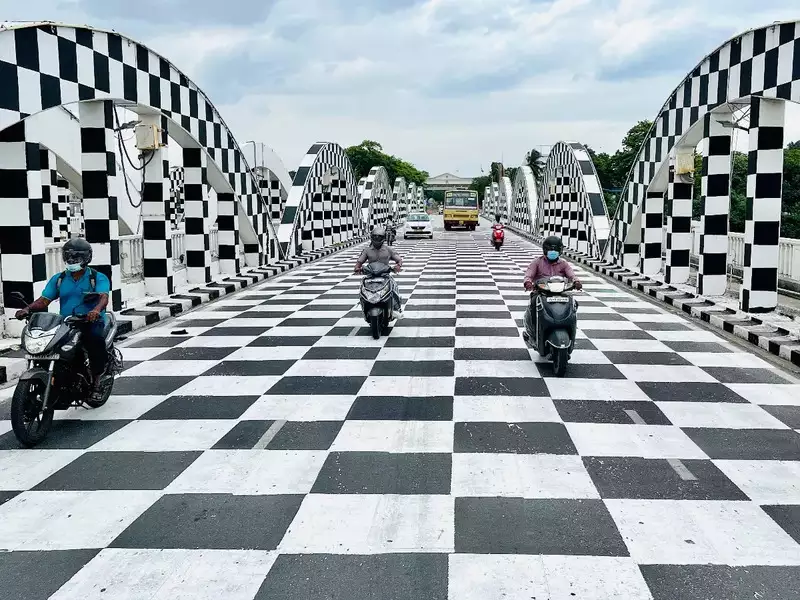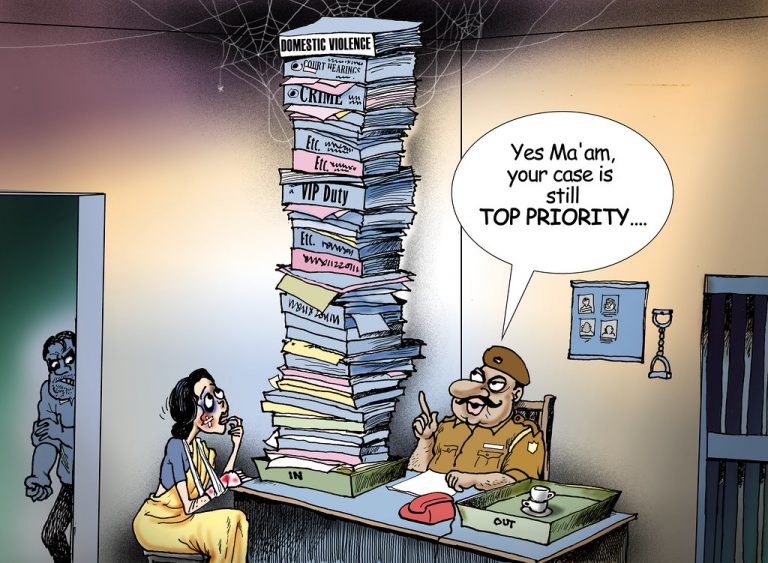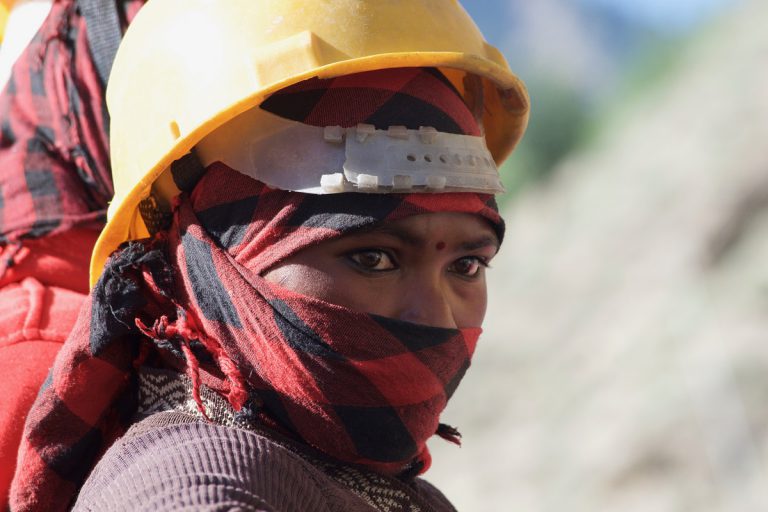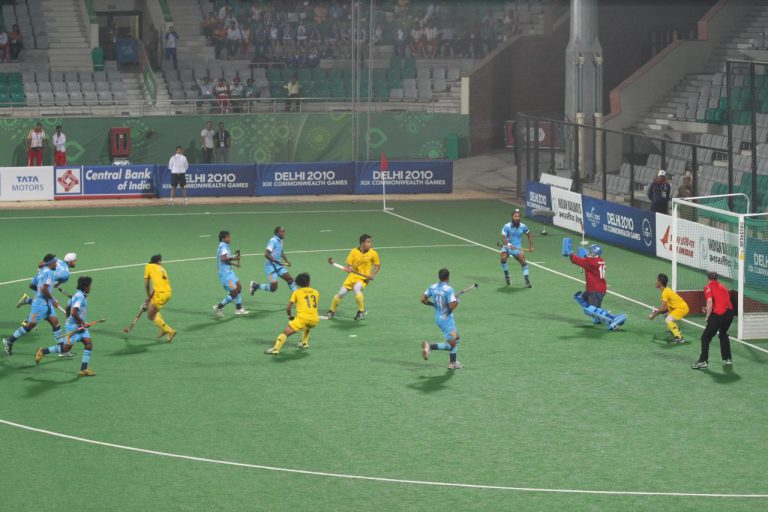Chennai Chess Olympiad: Behind the Scenes of 64 Squares
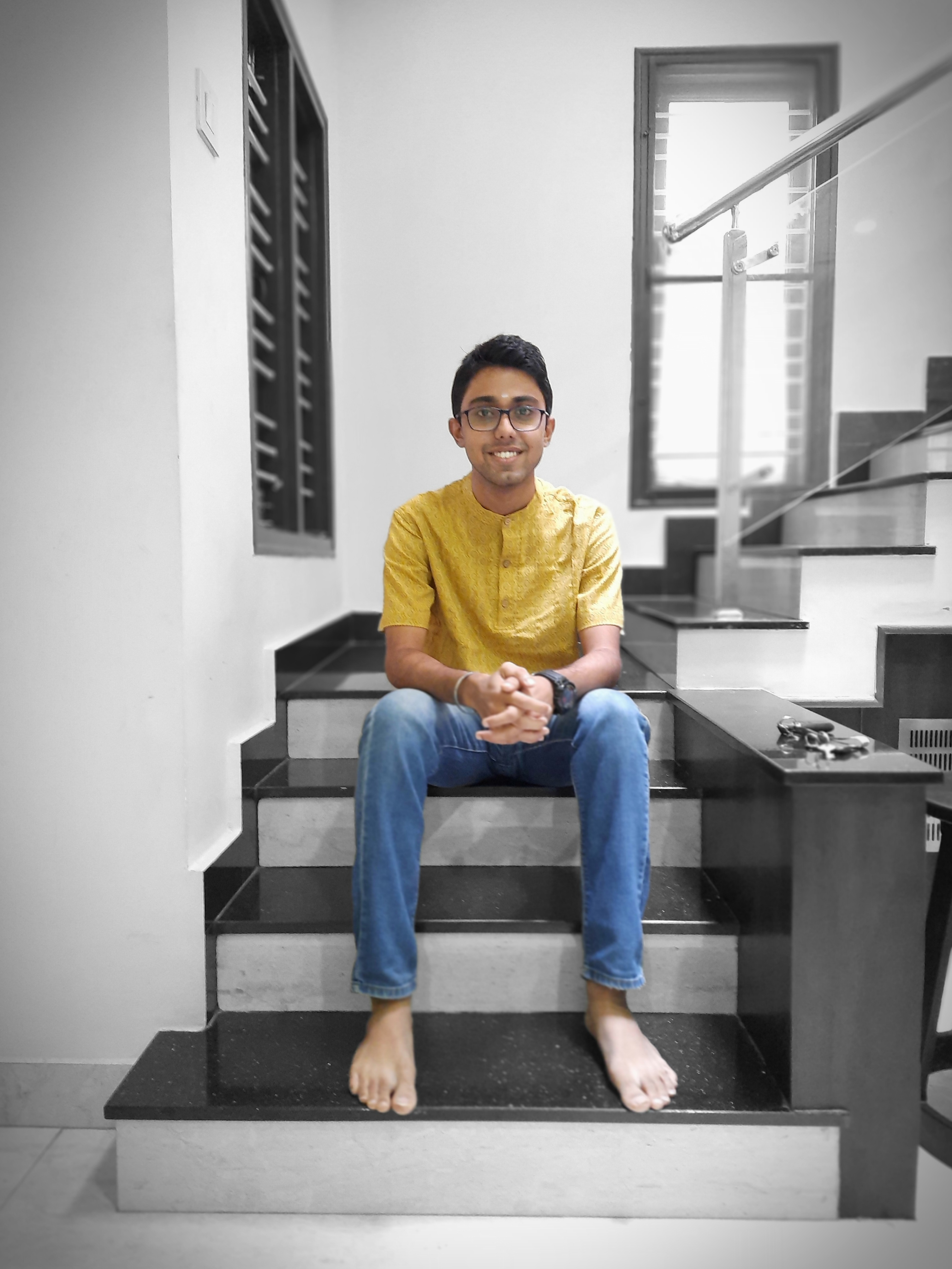
Sashank Rajaram, an undergraduate student at Ashoka university, is a self-proclaimed writer who enjoys discussing everything from economics and global affairs to sports and films!
While the recent make-over given to Napier bridge may have drawn some criticism for its lurid appearance, there certainly persists an air of enthusiasm in Chennai as the city hosts the 44th Chess Olympiad that began on 28th July. Attracting over 2000 players from 187 countries, the game is the current flavour of the city. However, despite the recent pique in interest in the board game thanks to Netflix’s web series, The Queen’s Gambit, Chennai and Tamil Nadu have always boasted of a rich chess history that enabled them to emerge as the ‘chess capital of India’. But how did a region that was known for its coastline, temples, and textiles transform into a chess hub?
Opening Moves
Various literary pieces that were authored during the 6th-7th century as well as the numerous wall paintings in Lepakshi, reinforce the fact that chess originated in India. Known as ‘Chaturangam’ in earlier times, the term carried two connotations. On the one hand, it refers to the four corners of a chess board (chatur- four; angam- corner) while on the other hand, it is a depiction of the four major divisions in an emperor’s army: infantry, cavalry, chariots, and the elephants. In fact, there is even a temple for Lord Shiva in the Tiruvarur district that depicts Tamil Nadu’s connection to the game. Legend has it that king Vasudevan declared that he would give the hand of his daughter, Rajeshwari, to the man who defeated her in a game of chess. As none of the kings succeeded in the challenge, a worried king prayed to Lord Shiva who came in the guise of an old man, defeated Rajeshwari and finally won her hand.
As the game travelled across regions and continents – making chess perhaps India’s first cultural export – the game underwent subsequent changes from the traditional Indian version. For example, in the state of Rajasthan, the chariot is replaced by the camel unit to represent the realities of the region and give it a more appropriate nuance. Similarly, while the original versions did not have a mantrin (wazir), the western versions sported both a queen and a bishop respectively. Additionally, in contrast to the modern pawn which can move two squares forward at the beginning of the game, the Indian version limited the pawn to only a single square move.
Middle Game
Then, as the British conquered Indian soil, they brought with them their version of the game that quickly became popular among the Indians. In 1829, Ghulam Kassim, a well-known chess player and a popular member of the Madras Chess Club, in partnership with the East India Company’s James Cochrane played two correspondence games against the Hyderabad Chess Club. After the match lasted for months on end, Ghulam Kassim won the match and became one of the first Indian chess players to achieve a high level of proficiency in the western version of the game. Likewise, in 1847, an interesting letter to the Editor of the Chess Player’s Chronicle reveals a certain Vencut Agar of Tanjore who is eulogized as one of the finest players in the country at that time.
As chess continued to grow in popularity, many businessmen contributed in their own way to the development of the game. One such was the Ramini Press House in Mylapore, headed by K.S Subramaniya Iyer, an ardent chess enthusiast. Known as the ‘father of Madras chess’ he encouraged his employees to play the game in their spare time. Gradually, the popularity resulted in the establishment of the Solar Chess Club which drew in many players such as would-be International Masters such as R. Vijayarahavan and R. Ragunathan. Initiatives are taken by businessmen, purely out of goodwill, also helped enormously to expand the game. For example, N. Mahalisngam – the chairmen of the Shakti Group – was a liberal patron whose donations contributed to the spread of chess.
As the game drew in larger audiences, the Madras Chess Club, now renamed the Tamil Nadu State Chess Association was established in April 1947. Under its aegis, the Chennapuri Andhra Maha Sabha (CAMS) in Victoria Public Hall organized many chess tournaments throughout the 1950s that fueled the interest in the sport. Likewise, the Young Men Christian Association (YMCA) which was originally established for advocating the prohibition of the sale of alcohol in the Madras State, soon became a sports centre, organizing its own tournaments and rewarding players. Yet all these events, though laying the foundation for the development of the game, kept chess a large leisure activity. The chess revolution that we associate with today was brought over by India’s first International Master, Manual Aaron.
Aaron Effect
Born in Myanmar, Aaron migrated with his parents in 1942 and settled in Chennai. He picked up the game and quickly became a reputed chess player, beating players much older than him. Due to the lack of training centres, Aaron was self-taught and improved himself with the help of Soviet chess books that detailed openings, strategies, and gambits. Using the game as a tool of foreign policy in the Indo-Soviet relationship, many Russian players were invited to play against Indian players and help make certain refinements in their play. In 1972, Aaron set up the Tal (named after Soviet player Mikhail Tal, an 8-time world champion) Chess Club at the Russian Cultural Centre in Madras. The club-cum-academy played a pioneering role in popularizing the game further by conducting lectures and tournaments. A regular attendee to those events was an inquisitive 9-year-old boy.
Unsurprisingly, that boy was Vishwanathan Anand, India’s first Grand Master (GM) and one of the country’s greatest sporting icons. After earning the coveted title in 1988, there was no looking back. He single-handedly catapulted India onto the big stage and accentuated the game’s reputation in the Madras. His victories led to the establishment of the countless chess clubs that have now turned into Grandmaster-producing factories. For example, Chess Gurukul, a modest chess coaching centre located in T. Nagar, has produced close to 20 GMs including the rising star, R Praggnanandhaa, who defeated World Champion Magnus Carlsen in February. Today, 26 GMs and 34 International Masters call Tamil Nadu and particularly, Chennai, their home. As the years progressed, technology has also played its part in taking the game to the grassroots level. With computers and internet games, players no longer need another physical player to practice and hone their skills.
Possible Checkmates
However, as the number of accolades won by chess players from Chennai continues to increase, it has also given rise to unsettling trends. Wanting their child to become a ‘young achiever’, many parents today push their children into chess even when the child is not very keen on learning the sport. The pressure to perform well, not for the sake of improving oneself, but to please parents has put young players under a lot of undue stress. The demand for one-on-one classes with GMs is unusually high. These circumstances pose a threat to the city’s chess legacy.
Journey Ahead
Yet, putting all those aside, the excitement is palpable. The game has evolved greatly and has come a long way. Its phenomenal growth is directly related to the many generous patrons it had—be it the large centres like the Tal Chess Club or smaller, yet significant private contributors like K.S Subramaniya Iyer or N. Mahalingam who offered monetary incentives to players and nurtured them to take the big stage. As long as the city keeps churning out GMs, the game will continue to rise in popularity and audience without a stalemate.


